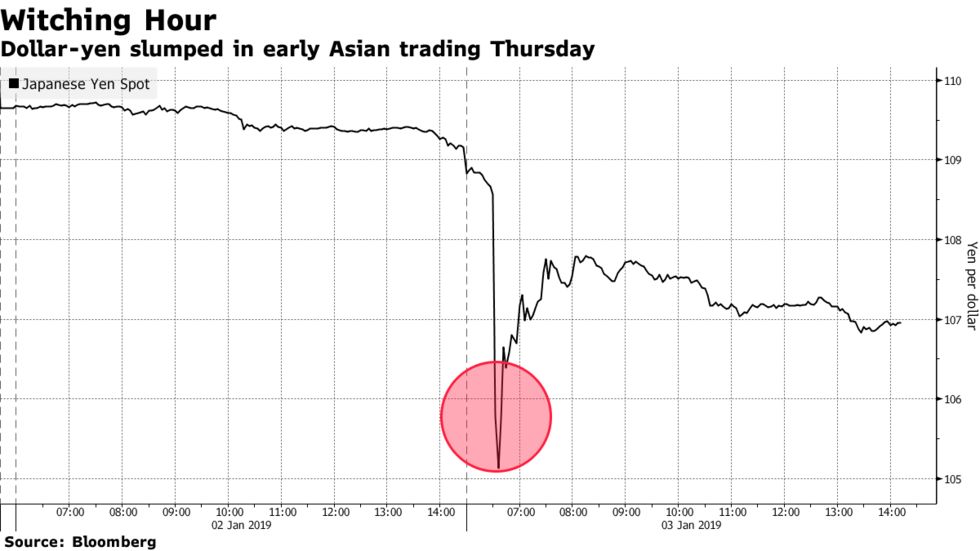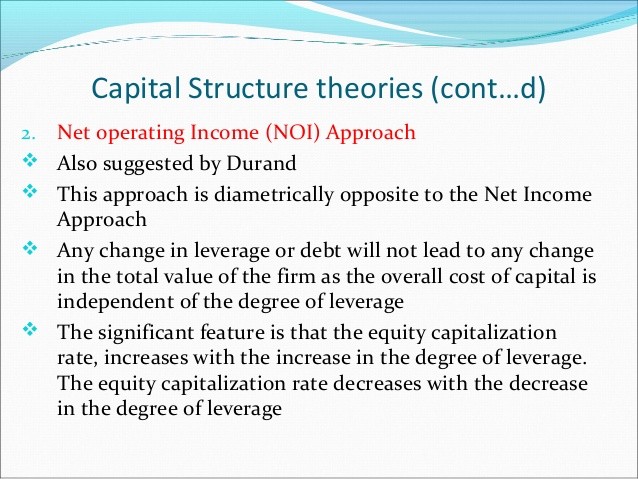

You might exit a portion of your position here at 1.618 and remain in the trade with the next target of 2.618 by keeping a trailing stop-loss below 1.618 levels. Now, with the help of the Fibonacci extension, you can find your target level which is mostly the golden ratio at 1.618. To find at which point after the high has been made, I should enter the trade to go long, you plot the Fibonacci retracement from the low to high. In my opinion, as far as plotting Fibonacci levels are concerned, you plot the Fibonacci retracement between two extremes to predict the areas where a reversal might happen.

The common Fibonacci extension levels are 61.8%, 100%, 161.8%, 200% and 261.8%. These extensions are primarily used when the price is observed to be moving into an area where other methods of finding any support are not evident or applicable. • Fibonacci retracements provide levels for a pullback whereas Fibonacci extensions provide levels to move in the direction of the existing trend. • If in a stock, a new high/low occurs, the trader can use the Fibonacci extension levels to get an idea of where the price can go.
Fibonacci number or the golden ratio has strong presence in the nature. Humans have 8 fingers in total, 5 digits on each hand, 3 bones in each finger, 2 bones in 1 thumb, and 1 thumb on each hand. So number of petals in a flower would either be 3 or 5 or 8 but almost never 4. The ratio of the Fibonacci number with the penultimate number as we tend towards end of the series is called “Golden Ratio”. Leonardo Fibonacci, an Italian mathematician, is credited for introducing Fibonacci sequence in his book .
What are Fibonacci levels and the Fibonacci tool?
Fibonacci extension levels can be calculated to give the trader ideas on profit targets. This tool allows you to generate basic Fibonacci retracement and extension values in both up and down trends, by entering the high and low values of your choice. This is a powerful tool for predicting approximate price targets. The ratios, integers, sequences, and formulas derived from the Fibonacci sequence are solely the product of a mathematical course of.
• If in a stock, a new high/low occurs, the trader can use the extension levels to get an idea of where the price can go. In an uptrend one should look to identify the area – the price finds support at important Fibonacci levels. Then we suggest one should wait for confirmation, fibonacci retracement and extension as the price moves back into the original direction of the trend and then enter. It is ideal to go long on a retracement at a Fibonacci support level when the market is an uptrend and to go short on a retracement at a Fibonacci resistance level when the market is a downtrend.
In different words, Fibonacci retracements measure the pullbacks within a pattern, while Fibonacci extensions measure the impulse waves within the direction of the trend. If the value retraces a hundred% of the final price wave, the development could also be in question. They can be utilized to draw support lines, identify resistance ranges, place stop-loss orders, and set target costs. Fibonacci ratios may even act as a major mechanism in a countertrend trading technique. Fibonacci retracement levels are horizontal traces that indicate where support and resistance are more likely to occur. Fibonacci Retracements/Extensions are displayed by first drawing a trendline between two extreme points.
However, other market analysts have printed analyses suggesting that these percentages and patterns are not supported by the information. Fibonacci retracements provide some areas of curiosity to look at on pullbacks. They can act as confirmation if you get a commerce signal within the area of a Fibonacci degree.
- Fibonacci retracement levels spotlight areas the place a pullback can reverse and head again within the trending path, making them useful in confirming pattern-buying and selling entry factors.
- Extensions are drawn on a chart, marking worth ranges of potential significance.
- For example, a stock goes from Rs.500 to Rs.1000, and then back to Rs.750.
- It should be used with other indicators and used as evidence to form an opinion not in isolation.
- 0% and 100% are extremes of any directional price-move on which Fibonacci is to be applied.
ELM constantly experiments with new education methodologies and technologies to make financial education effective, affordable and accessible to all. The next example is of Adani Gas which recently faced resistance from 100% extension and just started to witness correction. A slight touch of Fibonacci retracement will be a revision of the article discussed a few weeks ago.
What is Fibonacci extension? | Best Practical guide with 2 examples
These extensions show how far a price wave could move following a pullback. In order to find the Fibonacci extension levels, you have to find the recent significant Swing High and Swing Low. In order to find the Fibonacci retracement levels, you have to find the recent significant Swing High and Swing Low.
How to calculate Fibonacci retracement and extension levels in Excel?
- 8 divided by 13 = 0.615 = 61.5%
- 13 divided by 21 = 0.619 = 61.9%
- 21 divided by 34 = 0.617 = 61.7%
Divide a number by the second number to its proper, and the result’s zero.382 or 38.2%. All the ratios, except for 50% (since it isn’t an official Fibonacci number), are primarily based on some mathematical calculation involving this number string. If the stock bounces back from 38.2% retracement, then the underlying strength of the previous move is usually considered vital. You can try out the Fibonacci retracement calculator to have a good idea of the concept.
Open your trading account now
However Virahanka’s work in 700 AD seems to have discussed the series pretty clearly. Investments in securities market are subject to market risk, read all the related documents carefully before investing. Pay 20% or “var + elm” whichever is higher as upfront margin of the transaction value to trade in cash market segment. Assuming the high range is 1,000 and low range of a stock is 900. Using the Fibonacci retracement tool, connect the trough and the peak. In another instance, the chart has rallied from Rs.288 to Rs.338.
It is formed when price makes a high and is followed by two consecutive lower highs. A swing low is when price makes a low and is immediately followed by two consecutive higher lows. Alternatively, you may use these ratios to find Elliott Waves extensions and to book profit near those levels. If the Fibonacci calculator is used with Elliott Waves, it can give remarkable results to traders. A trader could use these ratios to find high probability trades with very small stop loss.
What is the difference between Fibonacci retracement and extension?
While extensions show where the price will go following a retracement, Fibonacci retracement levels indicate how deep a retracement could be. In other words, Fibonacci retracements measure the pullbacks within a trend, while Fibonacci extensions measure the impulse waves in the direction of the trend.
• Extension levels are also possible areas of interest where the price may stall or reverse. So in an uptrend the price will retrace down to a certain percentage of the prior likewise in a downward trend the price will move opposite ie. The next one is a daily chart of RBL bank and as you can see in the below chart that the stock faced resistance from 61.8% Fibonacci extension and cracked more than 7.5% in such a short span. The below is an example of PVR ltd and as you can see in the hourly chart that the stock faced resistance from100% Fibonacci extension in the first week of May 2019 and cracked more than 7% from the high. In the case of Fibonacci extension ABC, the stock faced resistance from 78.6% extension on 20th July 2015 and witnessed a sharp selloff after it failed to close below 500 level and made a low of 309.6. 1) Support level – This can be calculated by the Fibonacci retracement calculator.
Fibonacci Extension is drawn by joining three points, unlike Fibonacci Retracement which has just two points by joining the lowest and the highest points of a pre-defined trend and vice versa. The Fibonacci number series starts with 0 and 1 and goes bent infinity, with a subsequent number within the series being derived by adding the prior two. Toggles the visibility and opacity for the background fill between the Fibo levels. Use this drop-down to select one color for all the lines and the background between them. Also, it is possible to enter a custom value for the level line’s placement. It takes some mastery to find the entry point to plot and for me it has always been a subjective thing.
Most Visited On IITian Trader
Fibonacci retracement is the potential retracement of a financial asset’s original move in price. Applied on SENSEX it suggests first key support on any correction in the index should be around (23.6% Fibonacci retracement of rally since Feb-lows). Fibonacci is used in stock trading because of its unique features.
How do you use Fibonacci retracement and extension levels?
You determine the Fibonacci extension levels by using three mouse clicks. First, click on a significant Swing Low, then drag your cursor and click on the most recent Swing High. Finally, drag your cursor back down and click on any of the retracement levels.
Extension levels can be drawn on different price waves over time. When levels from these different waves converge at one price, that could be a very important area. Significance-fibonaaci-retracement If the Fibonacci calculator is used with Elliot Waves, it can generate remarkable results. As trader could use these levels or ratios to find high probability trades with very small stop loss. Moves that are in the direction of a trend are known as impulses.
A term used in technical analysis that refers to the area of support or resistance. Allows for the precise placement of the trend-based fib extension’s first point using a bar number and price. Fibonacci extension levels indicate a price area that will be significant for the stock after the pullback/correction is over. If the price rises to Rs.1000, and then drops to Rs.236, it has retraced 23.6%, which is a Fibonacci number. Fibonacci numbers are found all over the nature , and therefore many traders are of the belief that these numbers have significant relevance in the financial markets.
Related Posts
Similar to the retracement levels, the common Fibonacci extension levels are 61.8%, 100%, 161.8%, 200%, and 261.8%. The shorter distance that price pulls back, the stronger the trend; the deeper the pullback, the weaker the trend. Converted into decimal values, the Fibonacci retracement levels are 0, 0.236, 0.382, 0.5, 0.618, 0.786 and 1. The asset’s current price should never be the highest or lowest points. Fibonacci retracement levels are widely used to identify potential areas of support and resistance.
Hence, please use the Fibonacci retracement as a confirmation tool. • The Fibonacci retracement levels are 23.6%, 38.2%, 61.8%, and 78.6%. In order to find the extension levels, you have to find the recent significant Swing High and Swing Low. Once a retracement is seen, the trend resumes the original momentum. Most of the time we have seen that the retracement happens at one of the Fibonacci ratios of the main trend. Retracements are short-term price corrections during an overall upward or downward movement.

What I did was I shifted the point A position of fib drawing to the right side of the chart. This could be a way of plotting the Fibonacci retracement from peak to peak. 0% and 100% are extremes of any directional price-move on which Fibonacci is to be applied.
Do you use completely different strategies than those I’ve described above? Like another market indicator, Fibonacci retracement and extension levels are only a device. Using the Fibonacci retracements tool in any charting platform, the swing low and the swing high points needs to be connected. We will observe that horizontal lines are plotted as Fibonacci retracement levels. The most popular Fibonacci retracement levels are 23.6%, 38.2%, 61.8%, and 78.6% and these levels act as support or resistance depending on the type of trend.
What is the difference between Fibonacci retracement and extension?
While extensions show where the price will go following a retracement, Fibonacci retracement levels indicate how deep a retracement could be. In other words, Fibonacci retracements measure the pullbacks within a trend, while Fibonacci extensions measure the impulse waves in the direction of the trend.
